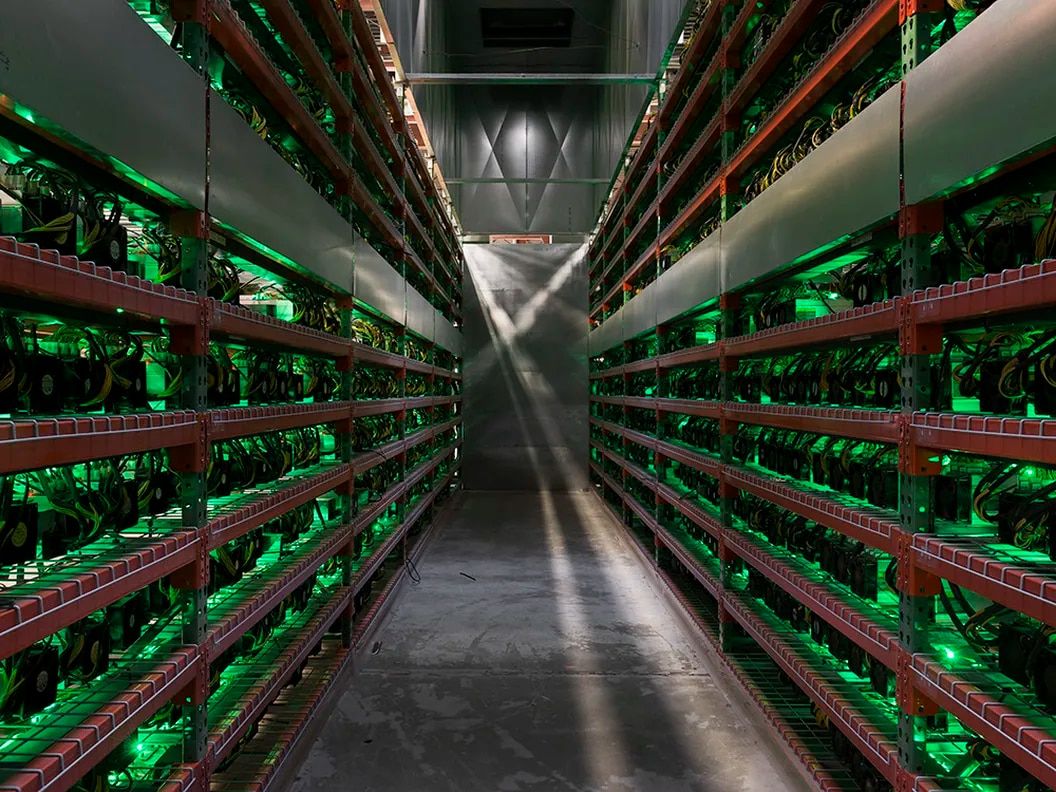Proof-of-work is the blockchain-based algorithm that secures many cryptocurrencies, including Bitcoin and Ethereum.
Proof-of-work is the algorithm that secures many cryptocurrencies, including Bitcoin and Ethereum. Most digital currencies have a central entity or leader keeping track of every user and how much money they have. But there’s no such leader in charge of cryptocurrencies like Bitcoin. Proof of work is needed to make the online currency work without a company or government running the show.
More specifically, proof-of-work solves the “double-spending problem,” which is trickier to solve without a leader in charge. If users can double-spend their coins, this inflates the overall supply, debasing everyone else’s coins and making the currency unpredictable and worthless.
Please enter CoinGecko Free Api Key to get this plugin works.Double-spending is an issue for online transactions because digital actions are straightforward to replicate, making it trivial to copy and paste a file or send an email to more than one person.
Proof-of-work makes doubling digital money very, very hard. It’s much what it sounds like: “proof” that someone has done a significant amount of computations.
How proof-of-work works
Bitcoin is a blockchain, a shared ledger containing a history of every Bitcoin transaction that ever took place. This blockchain, as the name suggests, is composed of blocks. Each block has the most recent transactions stored in it.
Proof-of-work is a necessary part of adding new blocks to the Bitcoin blockchain. Blocks are summoned to live by miners, the players in the ecosystem who execute proof-of-work. The network accepts a new block each time a miner comes up with a new winning proof-of-work, which happens roughly every 10 minutes.
Finding the winning proof-of-work is so tricky the only way to provide the work miners need to win Bitcoin is with expensive, specialized computers. Miners will earn Bitcoin if they guess a matching computation. The more computations they churn out, the more bitcoin they will earn.
What computations are the miners making exactly? In Bitcoin, miners spit out a so-called “hash,” which turns an input into a random-looking string of letters and numbers.
The miners aim to create a hash matching Bitcoin’s current “target.” They must create a hash with enough zeroes in front. The probability of getting several zeros in a row is very low. But miners worldwide are making trillions of such computations a second, so it takes them about 10 minutes on average to hit this target.
Whoever reaches the goal first wins a batch of the Bitcoin cryptocurrency. Then, the Bitcoin protocol creates a new value that miners must hash, and miners repeatedly start the race to find the winning proof-of-work.
Proof-of-Work FAQ
Why do miners follow the rules?
Miners earn Bitcoin rewards for every block for which they find the solution. This is what drives them to mine in the first place.
This monetary reward also drives them to follow the rules – not double-spending their money, for instance. Say Bob the Miner finds a winning hash for a block. If Bob submits the solution with the block but breaks the rules within the block – say, spends coins more than once – the rest of the Bitcoin network will reject Bob’s block. Bob will lose all the bitcoin he should have won. The threat of losing the Bitcoin rewards keeps miners honest.
Why is proof of work needed?
Proof-of-work prevents users from printing extra coins they didn’t earn or double-spending. If users could spend their coins more than once, it would effectively make the currency worthless.
In most digital currencies, this problem is easy to solve. The bank in charge of the system keeps track of how much money each person has. If Alice sends Bob $1, then the bank deducts $1 from Alice and gives $1 to Bob.
But in cryptocurrency, there isn’t such an entity. Proof-of-work provides a solution.
Who invented proof-of-work?
Bitcoin creator Satoshi Nakamoto invented proof-of-work to get Bitcoin off the ground. No one knows who Nakamoto is or whether the name is an alias.
What are the problems with proof-of-work?
There are at least a few problems with proof-of-work:
- High energy use: Bitcoin uses as much energy as all of Switzerland because of proof-of-work. And its energy use is increasing as more miners join the hunt for bitcoins, though some of this is powered by renewable energy.
- 51% attacks: If one mining entity can accumulate 51% of Bitcoin’s mining hash rate, it can then flout the rules temporarily, double-spending coins and blocking transactions.
- Mining centralization: Proof-of-work is about creating a currency without one entity in charge. The system is somewhat centralized, with just three mining pools controlling almost 50% of Bitcoin’s computational power. Developers are attempting to alleviate this issue at least, however.
Why does more mining power mean more security?
The more computational power being poured into securing Bitcoin, the more resources a potential attacker needs to amass to attack Bitcoin successfully.
Which cryptocurrencies use proof-of-work?
Most cryptocurrencies use proof-of-work, though some are experimenting with other ways of securing their networks. The most popular cryptocurrencies tapping proof-of-work include:
- Bitcoin
- Ethereum (though Ethereum recently began transitioning to Ethereum 2.0, an upgrade that will shift the cryptocurrency to the potentially greener proof-of-stake instead.)
- Bitcoin Cash
- Litecoin
- Monero
